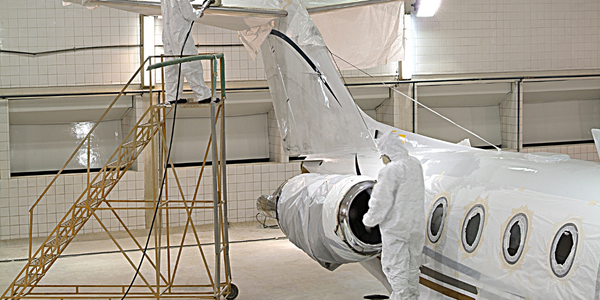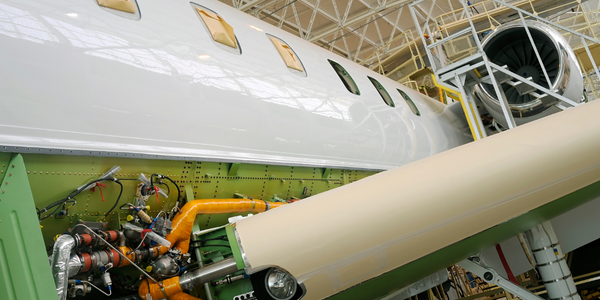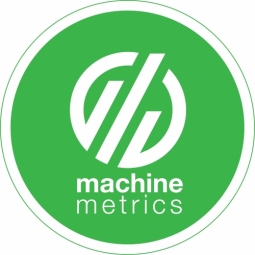
技术
- 分析与建模 - 实时分析
适用行业
- 航天
- 汽车
适用功能
- 维护
- 质量保证
用例
- 资产生命周期管理
- 实时定位系统 (RTLS)
服务
- 测试与认证
- 培训
客户
威斯康产品
关于客户
Wiscon Products提供先进的 CNC 车床精密车削零件,来自棒料。我们的专长是为液压、汽车、航空航天和建筑行业提供高度复杂、大批量的 CNC 精密加工零件。
Wiscon Products 很荣幸获得 IATF 16949 认证,以服务于汽车行业。
挑战
主要目标之一是数据准确性。在实施之前,他们可以查看数据,但数据从几天到一周不等。他们正在寻找能够提供实时数据的东西,这样他们就可以准确地知道生产和利用的位置。他们还想找出停机的主要原因。最重要的事情之一是设备利用率与零件目标。主轴旋转的频率与实际生产的零件数量相比如何?这对他们了解周期时间非常有价值。
解决方案
最大的变化是效率。具体来说,能够可视化数据并实时对其采取行动。他们没有大量的历史数据,而有的只能被动地解决。计划和调度是重中之重。如果没有准确的数据,计划和调度就很困难。我们在设备上花费了超过 1600 万美元,但仍然觉得我们在满负荷运转。我们的生产部门总是“忙”;数据中存在差距并且无法实时显示导致滞后。
运营影响
数量效益

Case Study missing?
Start adding your own!
Register with your work email and create a new case study profile for your business.
相关案例.

Case Study
Airbus Soars with Wearable Technology
Building an Airbus aircraft involves complex manufacturing processes consisting of thousands of moving parts. Speed and accuracy are critical to business and competitive advantage. Improvements in both would have high impact on Airbus’ bottom line. Airbus wanted to help operators reduce the complexity of assembling cabin seats and decrease the time required to complete this task.

Case Study
Aircraft Predictive Maintenance and Workflow Optimization
First, aircraft manufacturer have trouble monitoring the health of aircraft systems with health prognostics and deliver predictive maintenance insights. Second, aircraft manufacturer wants a solution that can provide an in-context advisory and align job assignments to match technician experience and expertise.

Case Study
Integral Plant Maintenance
Mercedes-Benz and his partner GAZ chose Siemens to be its maintenance partner at a new engine plant in Yaroslavl, Russia. The new plant offers a capacity to manufacture diesel engines for the Russian market, for locally produced Sprinter Classic. In addition to engines for the local market, the Yaroslavl plant will also produce spare parts. Mercedes-Benz Russia and his partner needed a service partner in order to ensure the operation of these lines in a maintenance partnership arrangement. The challenges included coordinating the entire maintenance management operation, in particular inspections, corrective and predictive maintenance activities, and the optimizing spare parts management. Siemens developed a customized maintenance solution that includes all electronic and mechanical maintenance activities (Integral Plant Maintenance).

Case Study
Aerospace & Defense Case Study Airbus
For the development of its new wide-body aircraft, Airbus needed to ensure quality and consistency across all internal and external stakeholders. Airbus had many challenges including a very aggressive development schedule and the need to ramp up production quickly to satisfy their delivery commitments. The lack of communication extended design time and introduced errors that drove up costs.





